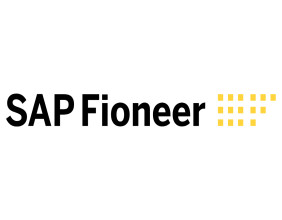Highlights
- Legal & General Group Plc reduced its position in Nordstrom during the fourth quarter.
- Key institutions such as Franklin Resources and Bank of Montreal Can increased their stakes.
- Nordstrom continues to operate across premium and off-price retail segments through multiple channels.
Nordstrom, Inc. is a prominent player in the fashion retail sector, offering a broad assortment of clothing, footwear, accessories, and home goods. The company operates through a multi-channel model that includes Nordstrom full-line stores, online platforms, Nordstrom Rack, and Last Chance clearance outlets. This diversified distribution approach allows Nordstrom to reach a wide customer base, ranging from high-end shoppers to value-oriented consumers, across both digital and physical storefronts.
Institutional Activity Reflects Portfolio Rebalancing
Nordstrom (NYSE:JWN) has seen significant institutional movement during the fourth quarter. Legal & General Group Plc decreased its stake, aligning with broader shifts in retail-focused equity positions. In contrast, other financial firms increased their holdings, demonstrating varied strategies among capital managers.
Franklin Resources Inc. made a sizable adjustment, lifting its total share count. Similarly, Bank of Montreal Can, Landscape Capital Management L.L.C., and Atlas Capital Advisors Inc. expanded their positions. Brandywine Global Investment Management LLC also raised its stake during the period. These changes collectively reflect a dynamic institutional response to evolving retail market conditions and corporate performance metrics.
Operational Breadth and Multi-Channel Strategy
Nordstrom’s retail footprint spans department stores, discount outlets, and e-commerce platforms. Its product offerings include apparel, cosmetics, footwear, and home furnishings, which are tailored to seasonal trends and regional consumer preferences. The company’s Rack and Last Chance divisions serve as off-price channels that support inventory flow and price-sensitive market segments.
The company's digital strategy complements its brick-and-mortar presence, with integrated fulfillment and customer service features that enhance the cross-channel experience. This operational model supports flexibility in merchandising and sales execution, positioning Nordstrom to respond to shifting consumer behaviors.
Financial Metrics and Market Standing
Nordstrom maintains a visible presence in public markets, with metrics that reflect both retail sector norms and company-specific structural dynamics. The firm’s recent performance includes reported earnings that exceeded projections and revenue aligned with forecasts. Its balance sheet reflects active debt management and liquidity maintenance, typical of large-scale retail operations.
The combination of stable performance metrics and strong institutional ownership underscores continued interest in Nordstrom as a retail sector participant. Its brand recognition, customer loyalty programs, and differentiated service offerings further support its profile in equity portfolios aligned with consumer discretionary segments.





